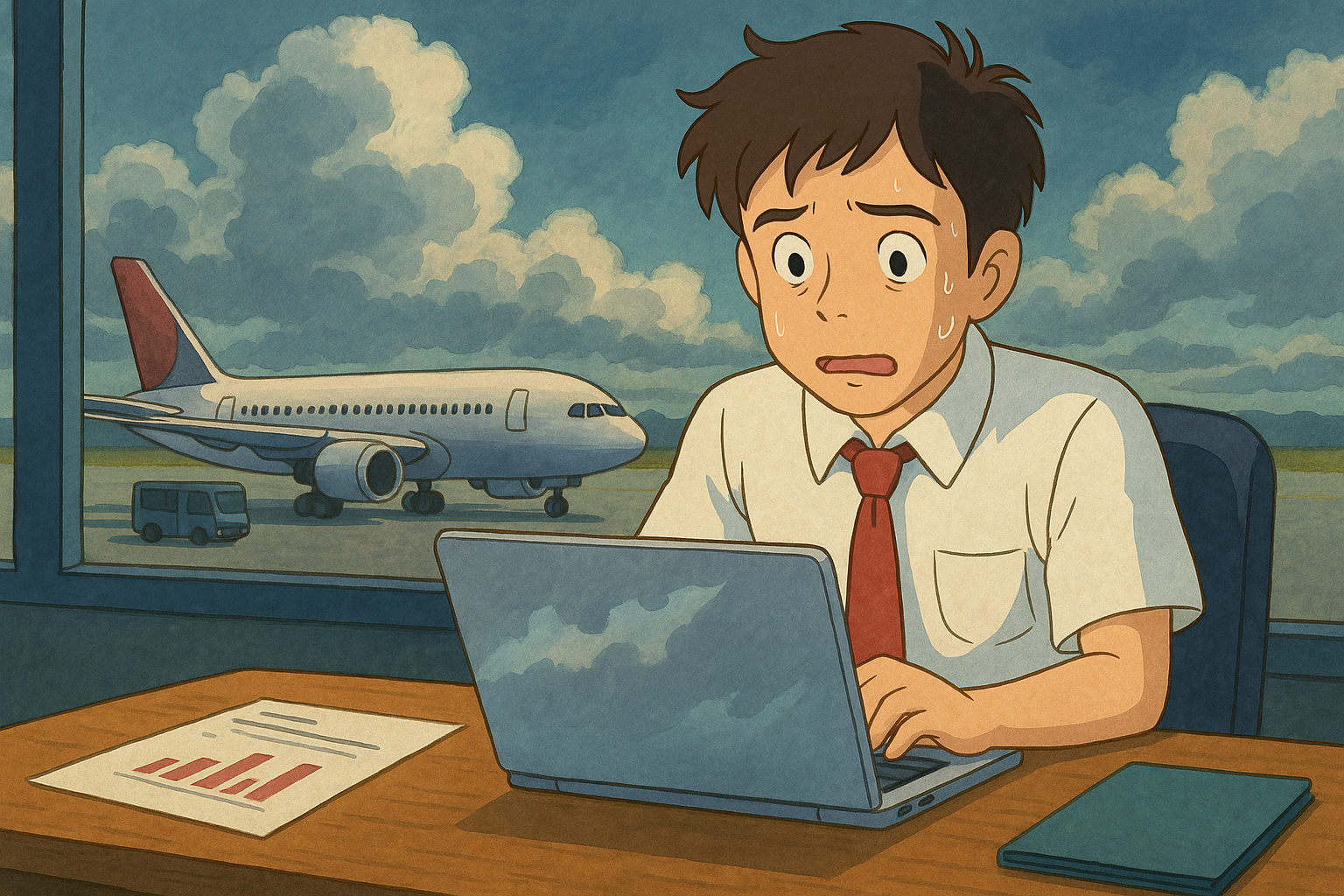How Airlines Had to Rethink Pricing During COVID
Overview
March 2020 changed everything. In a matter of weeks, airlines watched decades of carefully crafted pricing algorithms become worthless as customer behavior shifted in ways no one could have predicted. What began as sophisticated revenue management systems optimizing for business travelers, vacation planners, and predictable seasonal patterns suddenly faced an unprecedented reality: their customers had fundamentally changed. Through advanced distribution shift detection and concept drift analysis, we discovered that airlines weren’t just dealing with reduced demand—they were serving completely different customers with entirely new behaviors, forcing a complete reimagining of pricing strategy in real-time.
Challenges Addressed
The crisis wasn’t just about empty planes—it was about customers who no longer fit the models. Business travelers vanished overnight, replaced by leisure travelers with dramatically different price sensitivities and booking patterns. Traditional price discrimination strategies that relied on advance purchase requirements and Saturday night stays became meaningless when remote work eliminated the business travel category entirely. European flights saw a 31% overall decrease in airline price per kilometer, with price dispersion dropping and price discrimination intensity decreasing as a result of COVID-19. Airlines discovered their sophisticated yield management systems were optimizing for ghost passengers who no longer existed, while missing opportunities with the new customer segments that emerged from lockdowns and changing lifestyles.
Technical Approach
We deployed cutting-edge covariate shift and concept drift detection algorithms to identify which customers changed their behavior and why. Using fast change point detection methods, we analyzed massive datasets to understand the fundamental shifts in purchase patterns, price sensitivity, and travel preferences. The approach involved real-time monitoring of customer segmentation changes, identifying when historical pricing models became obsolete, and developing new algorithms that could adapt to rapidly evolving customer behavior. Airlines implemented cash flow-enhancing strategies including reducing fares to stimulate demand and repositioning aircraft to better respond to changing demand patterns. Machine learning models were retrained continuously to capture the new reality of travel demand, incorporating external factors like health restrictions, remote work adoption, and changing consumer confidence levels.
Impact
The results revealed the magnitude of the transformation: airlines weren’t just recovering from a temporary downturn—they were serving a fundamentally different market. The demand drop prompted lower fares and increased intertemporal price dispersion. Airlines that quickly adapted their pricing strategies to the new customer reality outperformed those that clung to pre-pandemic models. The most successful carriers abandoned traditional business-leisure segmentation in favor of new categories: remote workers extending business trips into vacations, families taking advantage of flexible schedules, and price-conscious travelers prioritizing safety over convenience. This shift required completely new pricing architectures that could respond to unprecedented booking patterns and customer preferences that had never existed before.
Technologies Used
The transformation demanded sophisticated analytics platforms capable of real-time customer behavior analysis and dynamic pricing model adaptation. We implemented advanced machine learning frameworks for distribution shift detection, ensemble methods for concept drift identification, and automated model retraining pipelines that could respond to rapidly changing market conditions. The technology stack included real-time data streaming platforms for continuous customer behavior monitoring, A/B testing infrastructure for validating new pricing strategies, and predictive models that incorporated external data sources like health metrics, travel restrictions, and economic indicators to anticipate further customer behavior shifts.
Our Team and Their Contributions
Our interdisciplinary team combined expertise in behavioral economics, machine learning, and aviation industry dynamics to tackle this unprecedented challenge. Data scientists developed novel algorithms for detecting customer behavior shifts, while business analysts translated these insights into actionable pricing strategies. The aviation domain experts provided crucial context for understanding how traditional airline economics were being disrupted, enabling the team to build models that captured both the technical complexity of the problem and the practical realities of airline operations. The collaborative approach ensured that sophisticated analytical methods produced pricing strategies that airlines could implement immediately, even as the crisis continued to evolve and customer behavior kept shifting in unexpected directions.
